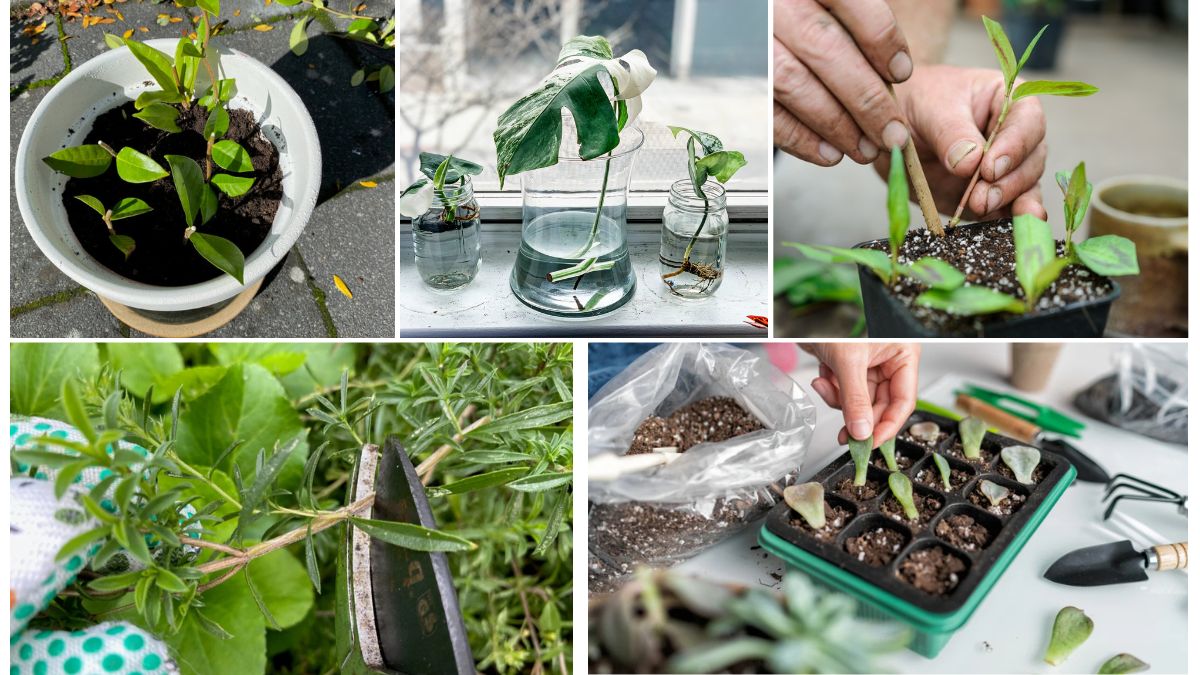Propagation through cuttings is one of the most rewarding and cost-effective ways to multiply plants. Whether you’re working with houseplants, shrubs, succulents, or herbs, cutting propagation can produce genetically identical clones of the parent plant. However, it’s not always a smooth process. Many gardeners—both beginners and experienced—face frustrating failures where cuttings either fail to root or die shortly after rooting. Understanding why propagation fails is the key to achieving consistent success. This article explores the most common reasons your cuttings may not be thriving and how to troubleshoot each problem effectively.
1. Improper Cutting Technique
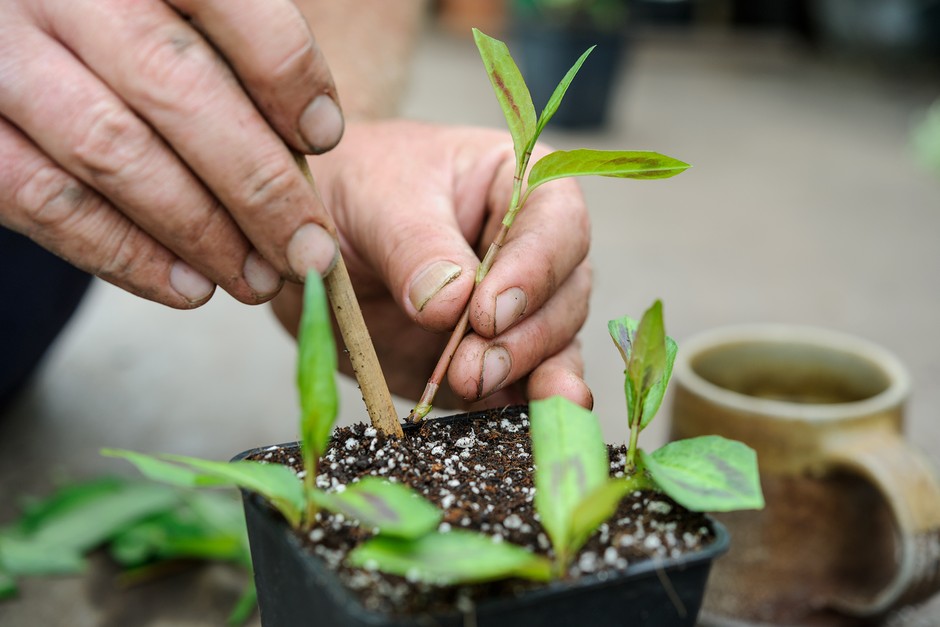
One of the leading causes of propagation failure is poor cutting technique. If you take a cutting without considering the plant’s growth node, internode, or leaf configuration, the cutting may not have enough energy or the right tissue to develop roots.
Solutions:
- Always use a sharp, sterilized blade to prevent bruising or introducing pathogens.
- Take cuttings from healthy, disease-free mother plants.
- Ensure your cutting includes at least one node and two leaves (varies depending on the plant type).
- Remove flowers or buds from the cutting, as they draw energy away from root development.
2. Wrong Time of Year
The season significantly impacts propagation success. Many gardeners attempt propagation during unfavorable periods, leading to poor rooting or rot.
Solutions:
- The ideal time for most cuttings is late spring to early summer, when the plant is actively growing.
- Avoid propagation in extreme cold or heat unless you’re using climate-controlled environments like greenhouses or grow lights.
3. Incorrect Medium
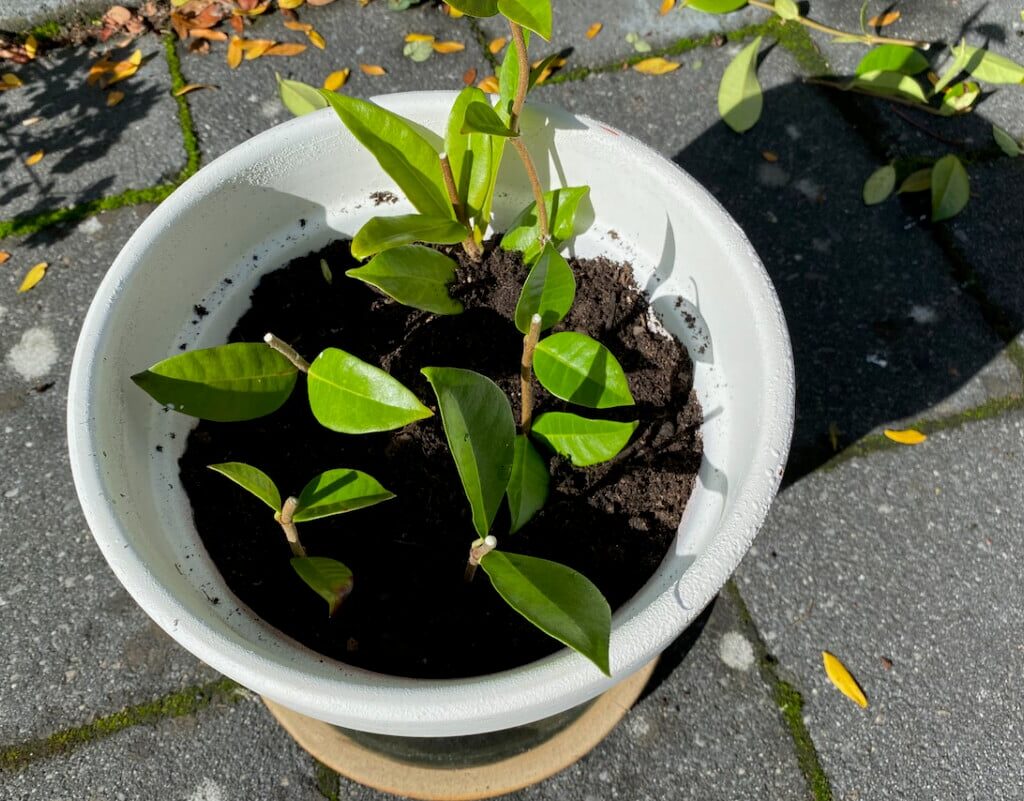
Soil that holds too much water or dries out too quickly can doom your cutting. Using regular garden soil often leads to poor aeration and fungal issues.
Solutions:
- Use a well-draining propagation medium like:
- Perlite and vermiculite mix
- Coarse sand and peat moss
- Coco coir and perlite
- Keep the medium slightly moist, not soggy.
- For succulents and cacti, a drier medium is better until roots start forming.
4. Lack of Humidity
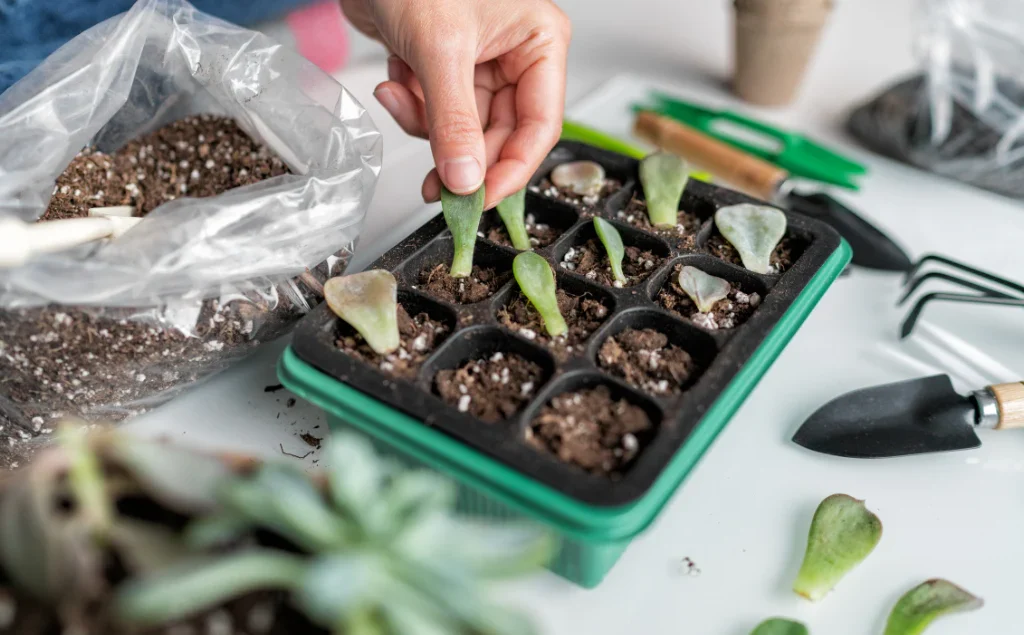
Cuttings lose moisture through their leaves before they can take up water via new roots. Low humidity increases the risk of dehydration.
Solutions:
- Maintain high humidity (around 70–90%) using:
- A humidity dome
- A plastic bag loosely placed over the pot
- Frequent misting
- Ensure good air circulation to prevent mold or fungal growth.
5. Too Much or Too Little Light
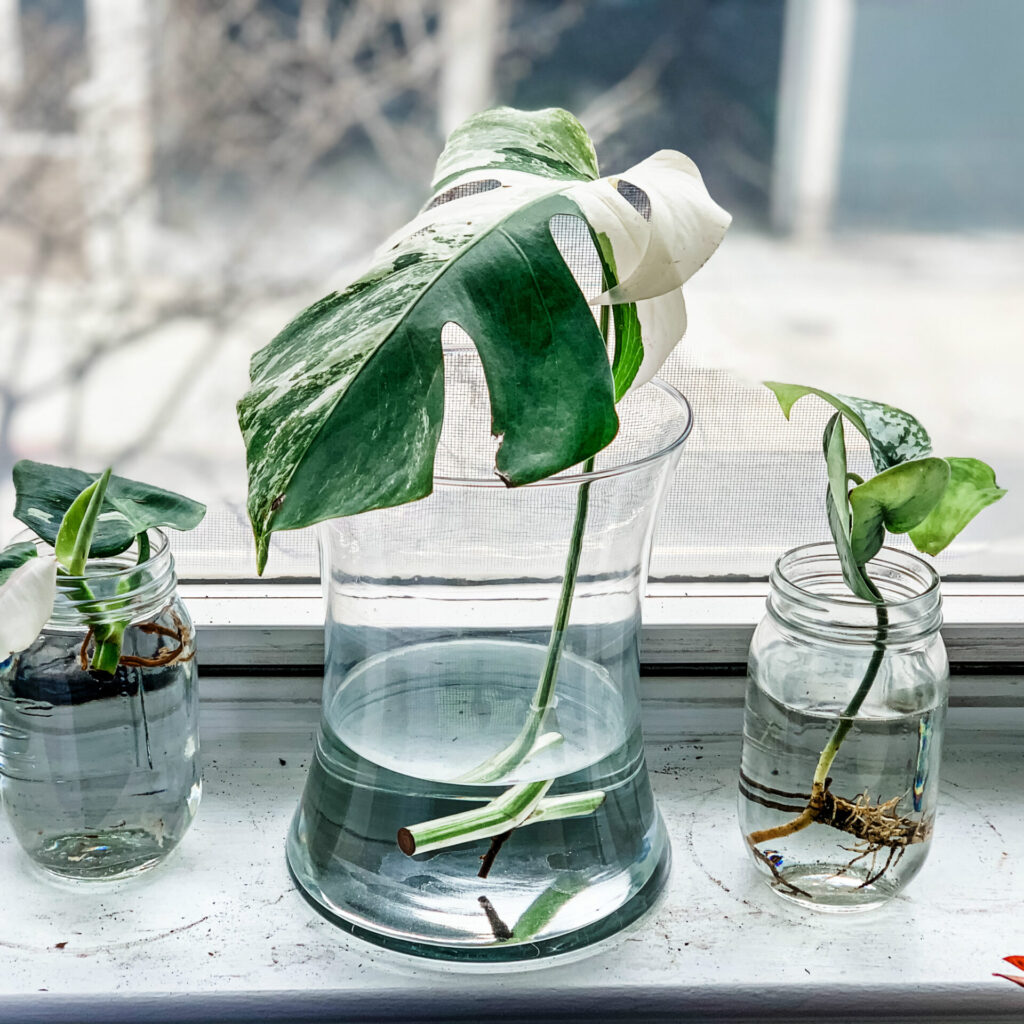
Lighting plays a vital role in successful rooting. Cuttings need light to photosynthesize, but too much direct sunlight can scorch them before roots form.
Solutions:
- Provide bright, indirect light.
- Use grow lights if natural light is limited.
- Avoid direct sun in the initial days.
6. Overwatering or Underwatering
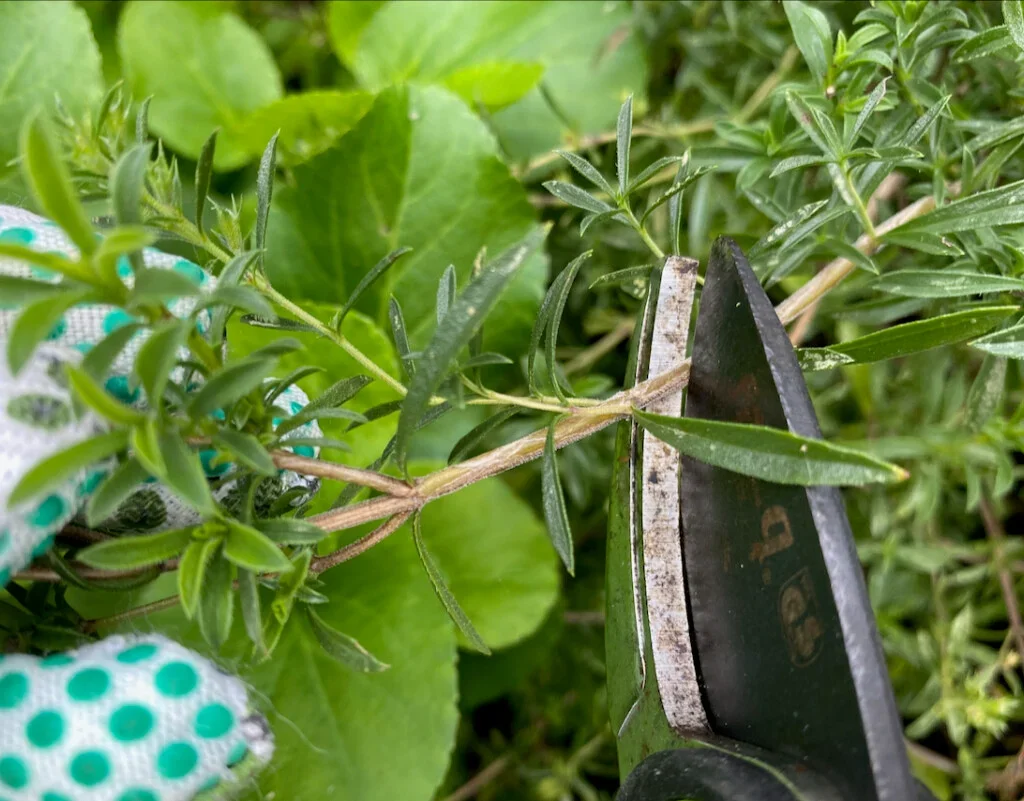
Water stress is a major contributor to failed propagation. Overwatering can cause rot, while underwatering dries out the tissue before rooting starts.
Solutions:
- Water lightly and regularly, ensuring the medium stays moist but never soggy.
- If unsure, mist rather than pour.
- Use containers with drainage holes to prevent water from accumulating at the bottom.
7. Neglecting to Use Rooting Hormones (for Some Plants)
While not all plants require rooting hormones, some difficult-to-root species benefit greatly from this boost.
Solutions:
- Dip the base of the cutting in rooting hormone powder or gel before planting.
- Use natural alternatives like cinnamon powder, aloe vera gel, or willow water for an organic approach.
8. Poor Air Circulation and Fungal Issues
A warm, moist environment can become a breeding ground for pathogens. If your cuttings rot quickly or develop mold, fungal infections might be the culprit.
Solutions:
- Sterilize all tools and containers before use.
- Use fungicide if necessary.
- Provide gentle airflow using a small fan or by opening the propagation dome occasionally.
9. Too Large or Too Small Cuttings
If the cutting is too long or too short, it may not root effectively. Large cuttings require more energy to maintain foliage, while small ones might lack enough tissue to grow roots.
Solutions:
- Ideal size: 4–6 inches for most plants.
- Keep 2–3 leaves on the cutting and trim larger leaves to reduce moisture loss.
10. Impatience – Not Giving Enough Time
Many gardeners give up too early, assuming the propagation has failed when in reality, the plant just needs more time.
Solutions:
- Some plants root in days, others in weeks or even months.
- Be patient and avoid disturbing the cuttings too often.
- Gently tug after a few weeks to feel resistance as a sign of rooting.
Bonus Tips for Better Success:
- Label each cutting with plant type and date.
- Group similar plants (e.g., succulents together, tropicals together) to cater to their specific care needs.
- Try water propagation for clear visibility of root growth, especially with plants like pothos, philodendrons, and coleus.
- Don’t forget post-rooting care. Gradually acclimate new plants to full light, water less often, and repot them only when necessary.
Conclusion
Cutting propagation is both an art and a science. While it’s tempting to blame bad luck for failed attempts, most issues stem from preventable mistakes. By understanding the needs of your plant, using the right techniques, and adjusting environmental conditions, you can significantly improve your success rate. Use this troubleshooting guide as a checklist the next time your propagation efforts don’t go as planned—and you’ll soon turn failures into flourishing new plants.
